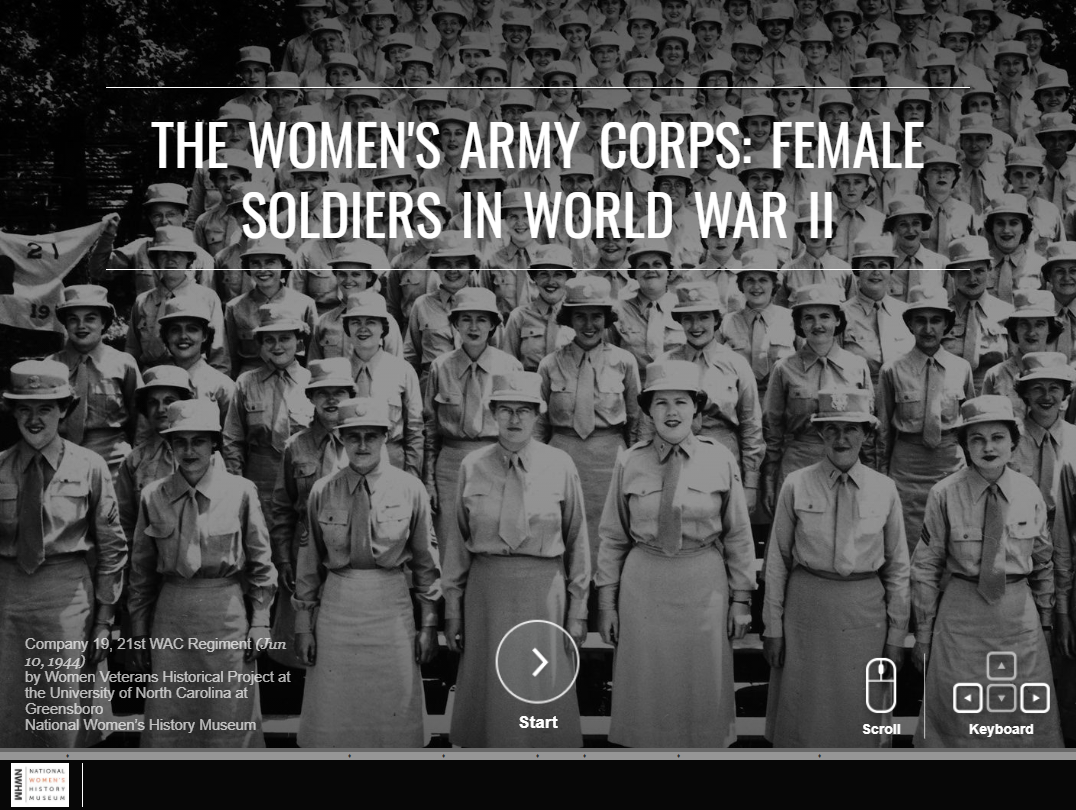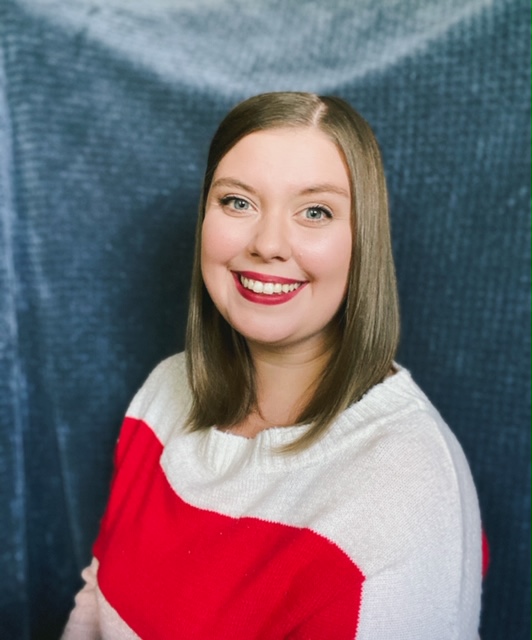EMU History Student Curates Exhibit for the National Women’s History Museum

The coronavirus pandemic has shuttered archives, libraries, and museums across the country, making it difficult for historians to conduct research and publish their findings. EMU History graduate student Lacey Opdycke recently met this challenge by securing a fully remote internship as the Public History Research Intern with the National Women’s History Museum. Lacey’s main responsibility for this internship was the development of a digital exhibition on the Women’s Army Corps (WAC) in the Second World War. “Curating this exhibit was definitely a challenge because there was so much amazing information I wanted to include,” she explains. “Aside from gathering information and writing, a majority of my time was spent searching for the perfect images and requesting image rights from various institutions and collections around the country, which was a new professional skill that I developed.” Working remotely was a new arrangement for Lacey, as it was for most museum staff members. Much of her day was spent behind the computer: weekly Zoom meetings with the museum’s education team, researching primary and secondary sources for the exhibit, speaking with a multitude of museums via email, and utilizing computer applications like Google Arts and Culture to build the exhibit. Lacey also assisted with developing a women’s history card game, edited a multitude of exhibits written by previous doctoral fellows/interns, and created other forms of digital educational content for the museum.
On the 75th anniversary of the end of the Second World War (September 2, 2020), The Women’s Army Corps: Female Soldiers in World War II was launched on the NWHM website. “I am truly so proud of myself,” Opdycke says. “It really is exciting to see all of the work I have done over the last six years as a student start to come to fruition in a professional manner.” After offering to volunteer for the NWHM once the summer internship was finished, she was asked to continue on as an intern, and will be working with the NWHM until December of 2020. Her new projects will include co-curating an exhibit on the U.S. Marine Corps Women’s Reserve in the Second World War, and continued work on the women’s history card game. “In the end, I just want to create educational content about the topics I love and find important,” she explains, “and the National Women’s History Museum has given me an excellent opportunity to do just that.”


Lacey Opdycke
Opdycke obtained her Bachelor’s degree in history from EMU in 2018 and is currently working on her Master’s degree in History with a Graduate Certificate in Cultural Museum Studies. Her thesis research examines the rise and fall of the Women Airforce Service Pilots (1943-44) during the Second World War, along with women’s roles in pre-war aviation. “Women’s military history is my niche,” Lacey says, “and to be able to combine this research interest with work in the field of museum education has definitely opened my eyes to what I want to do professionally in the future.” She hopes to become a curator or a museum director, and she wants to continue focusing on women’s history. According to Opdycke, “Women’s history is especially important because oftentimes the narrative of significant women throughout history is lacking. This leads to major gaps within history itself. When we add the experiences and voices of women, we get a richer understanding of history.”
“The opportunity to work for a museum like the NWHM is a dream come true,” Opdycke explains. Founded in 1996 and based in Alexandria, Virginia, the NWHM is a fully virtual museum whose mission is “to tell the stories of women who transformed our nation.” In the future, the museum hopes to have a physical space dedicated to realizing its goal of being the United States’ leading women’s history institution.

